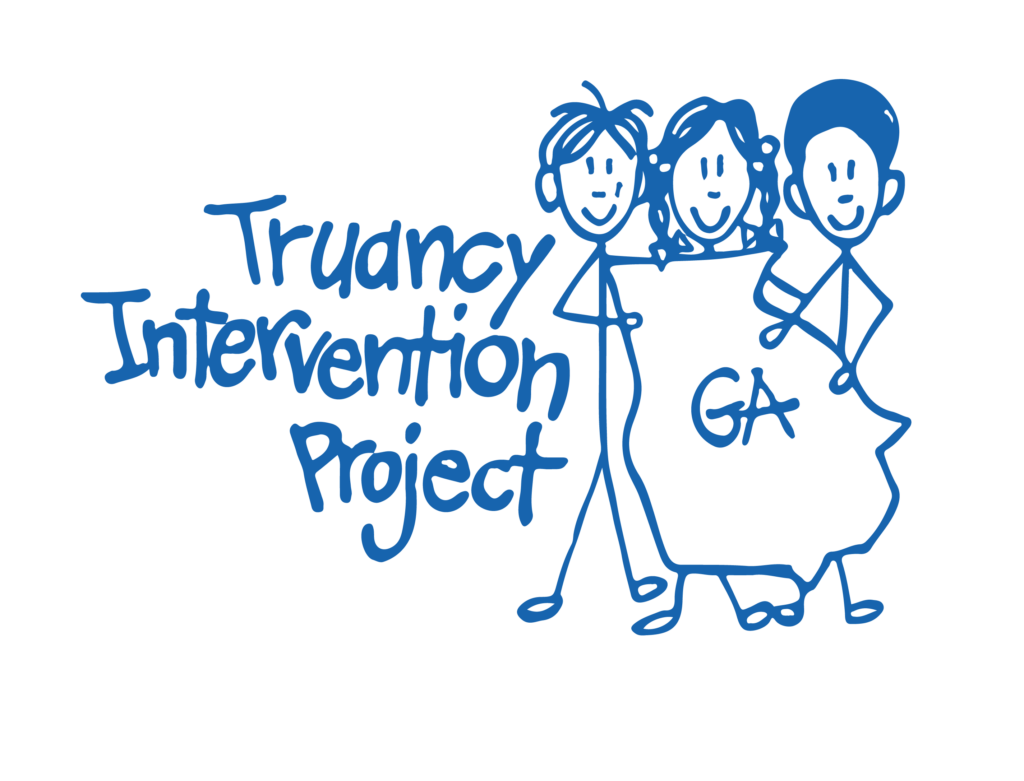Here’s how TIP is helping rewrite them.
We’re surrounded by numbers—how many families can’t afford housing, how many children go to school hungry. In a world where our neighbors face unthinkable hardships daily, it’s easy to become numb.
But chronic absenteeism isn’t just another statistic. It’s often a direct result of these same challenges, and it can quietly limit a child’s future before it’s even begun.
More than 370,000 Georgia students missed at least 10% of the 2024 school year, qualifying as chronically absent. Arianna Villegas, Student & Family Support Specialist at TIP, sees the stories behind those numbers every day.
A seasoned social worker, Arianna’s career spans foster care, DFACS, and pediatric care at Children’s Healthcare of Atlanta. At Truancy Intervention Project Georgia (TIP), she works at the front lines of school re-engagement, helping families overcome the barriers that prevent students from attending school.
And for Arianna, this mission is deeply personal.
When the System Fails Someone You Love
During the pandemic, Arianna’s younger brother dropped out of school—not because he didn’t care, but because life spiraled. Their mother was stuck in Mexico for two years due to prolonged immigration delays. With their family separated and the world in crisis, school slipped further and further out of reach.
“When we tried to get information about his grades and his attendance, the school social worker had good intentions but was overwhelmed by the system,” she recalls. “By the time we were made aware of his absences and his grades, it felt like it was too late. Everybody basically denied him because of the absences and his grades.”
His story is not unique. Before the pandemic, around 12% of students in Georgia were chronically absent. That number has nearly doubled in the years since.
“I think a lot of our students struggled and continue to struggle with mental health issues,” Arianna explains. “I also think a lot of people just kind of got out of the habit of going to school regularly.”
Absenteeism Isn’t a Habit—It’s a Signal
Truancy is often a red flag for something deeper. Families are navigating issues like housing instability, food insecurity, lack of transportation, and mental health challenges—sometimes all at once.
“This school year, we saw a variety of barriers,” Arianna says. “It was the housing insecurities. It was limited support. Families struggling to pay bills or provide food. We had a few this year who were not able to wash their clothing.”
TIP steps in during the elementary years, long before truancy courts get involved.
Through meetings with families and school staff, Arianna and her team uncover the real reasons kids are missing class. In some cases, it’s simply a misunderstanding about attendance policies or lost excuse notes. In others, the obstacles are more complex.
“After meeting with the mom, she felt more seen by the school,” Arianna shares. “Attendance just improved naturally for her.”
With TIP’s help, long-overdue meetings were scheduled, bullying addressed, and the family received holiday gifts and household essentials, relieving emotional and financial stress.
Another mother Arianna supported earned just over the income limit to qualify for SNAP. She was struggling to make ends meet, and had considered payday loans to make it through the holidays.
Thanks to TIP, her family received food, supplies, and small incentives to keep her child connected to school.
Beyond supporting individual families, TIP is helping schools address the root causes of absenteeism before they set back students, classrooms, and entire communities.
When More Students Show Up, Everyone Benefits
This summer, Arianna is focused on helping families start the 2025–2026 school year strong—verifying contact information, confirming school placements, and ensuring students have what they need, from enrollment support to school supplies.
Because when students don’t show up, the impact reaches far beyond one desk.
“It’s hard to make connections with peers and develop a good core friendships and have those relationships—not just with the students, but the teachers as well—if a student is absent,” she explains. “And as they get older, kids start to realize that they are behind their peers. They’re going to realize that they can’t read, they can’t write, they’re not where they should be.
As the kids move from grade to grade, we start to see the kids become more withdrawn or they start to act out.”
“It impacts the entire community—the other kids, too, even if they have good attendance,” she adds. “Unfortunately, they become impacted because the teachers have to spend extra time to get that one student up to speed.”
TIP’s goal isn’t just to improve attendance. It’s to remove the barriers that keep students from engaging, learning, and belonging at school while building a model of support that other schools can ultimately replicate.
“We’re meeting families where they are,” she says. “We can’t save the world, but we do what we can.”
You Can Help Students Start Strong
Chronic absenteeism doesn’t just affect numbers and test scores; it also impacts students’ overall well-being. It affects lives. And for every student TIP helps, there are more waiting.
You can be part of the solution.
Ahead of back-to-school season, help set students up for a year of growth, stability, and success.
Click here to donate to TIP today!
